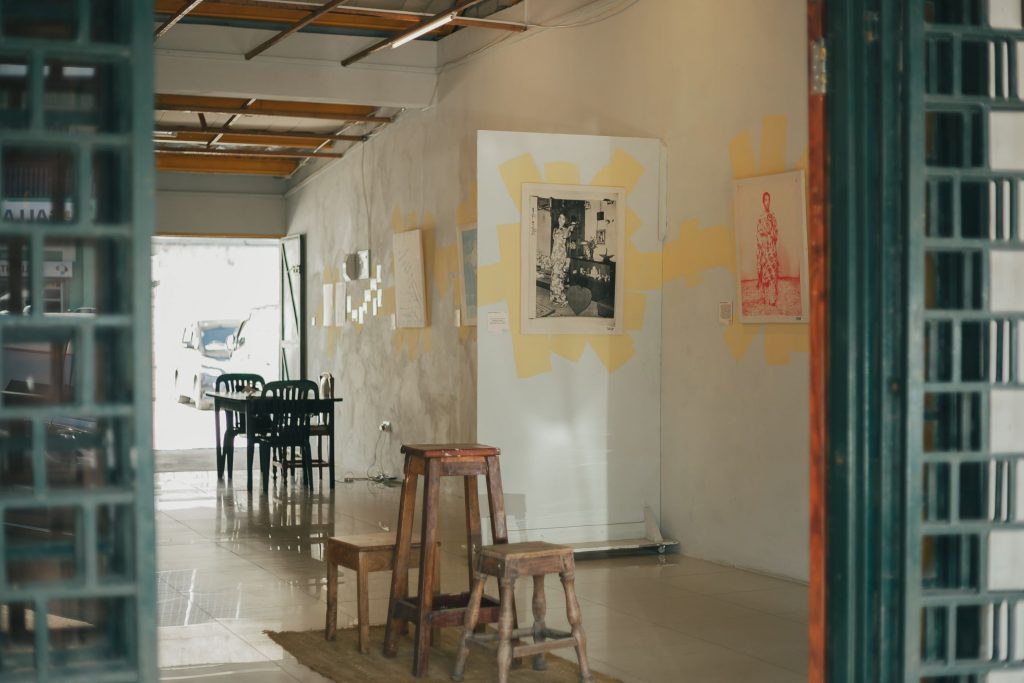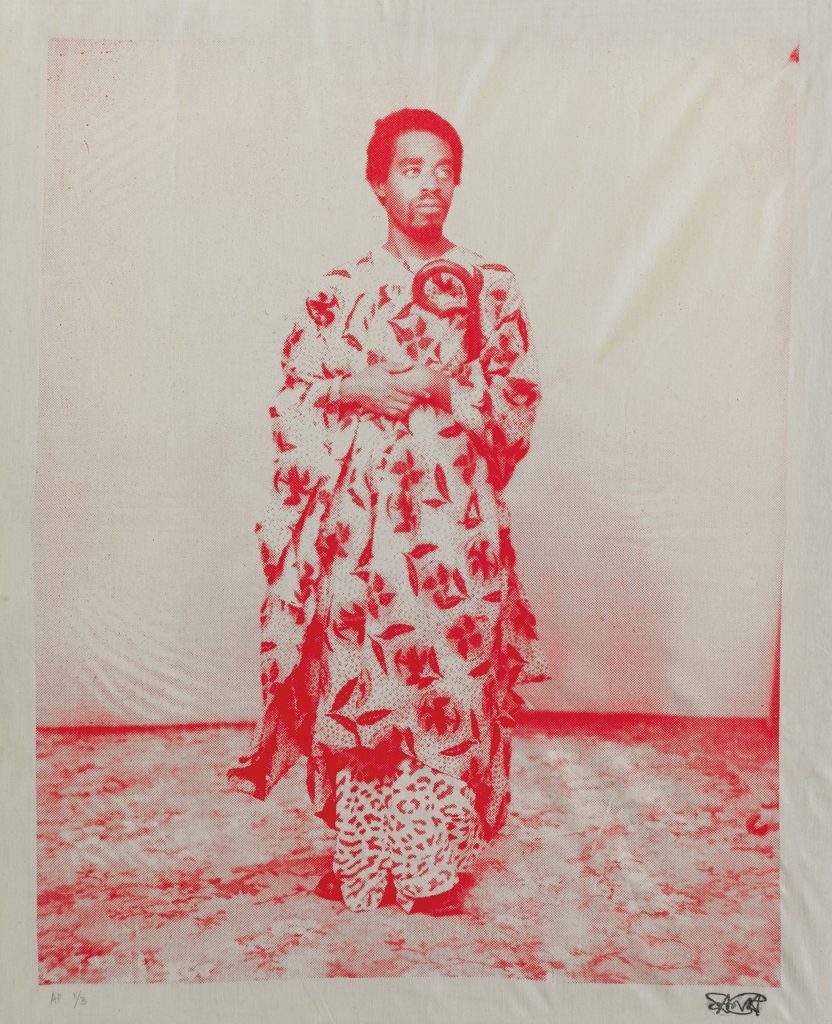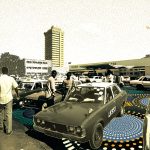Everyday Lusaka Gallery:
The Universal Language of Art
This is just the beginning!” Sana Ginwalla says these words each time she starts something: projects, partnerships, collaborations, workshops, pieces of art and writing. Sana is always up to something and her ‘things’ don’t have an end, they connect people and develop a life of their own. The Everyday Lusaka Gallery is no exception, its opening in April this year, was just the beginning.
The Everyday Lusaka Gallery opened with the ‘Who Am I, Here or There?’ exhibition curated by William B. Miko. The exhibition was a transcendent culmination of all the work Sana has done since the inception of the Everyday Lusaka photography project in 2018, made more poignant by its location in the historic E.W Tarry Building. Everyday Lusaka is founded on the exploration of the “how’s” and “why’s” of building relationships, reconciling representations and the sense of belonging. Through visuals, Everyday Lusaka has drawn back the curtain on intimate moments at home, vulnerable, candid moments behind the camera, of a myriad of human faces frozen in photographs, trapped in time. The initial discovery of photographs that spurred this curation was made at Fine Art Studio in Lusaka. Ever since, Everyday Lusaka has evolved into a gallery that holds space for who we were, who we are and who we are becoming. Some of these “were’s” and “are’s” are faces of fascinating strangers decked in their best, some are familiar famous Zambians with opinions resting in their furrowed brows, but most intimate is a large display of Sana Ginwalla’s mother in Burma, expressing a joy that is now eternal in the photograph.

“E. W Tarry is named after Edward Wallace Tarry – a South African machine distributor in the late 19th century. The building was originally built in 1920 and was set up as one of the first trading posts in Northern Rhodesia. Operating under the British South African Company, it is said to have had colonialist Cecil Rhodes on its board of directors. Over the years, as the extractive colonial project expanded, E. W Tarry had become the largest importer of machinery on the mining fields in South Africa. After Zambia’s independence, the building was acquired by Zambia National Holdings Limited, which is owned by the United National Independence Party (UNIP) – the political party that fought for Zambia’s freedom.
According to the National Heritage Act, anything built before January 1st 1924 is considered a heritage site and is protected by law. In 2017, the building underwent major reconstruction under supervision from the National Heritage Conservation Commission to preserve its original aesthetic – white walls and a green corrugated roof, complete with the “Tarry’s Corner” signage which hangs over the corner of Cairo Road and Kalundwe Road. Located at this junction, E. W Tarry sits right in the middle of the central business district of Lusaka.

In opening the Everyday Lusaka Gallery in a seemingly inconvenient or unideal space, Everyday Lusaka contests the idea of where art would conventionally be encountered an art Lusaka. Daily, the energy, sounds and people of Lusaka and its streets permeate into the gallery space. This is a space where all kinds of people walking the streets, looking for and selling various items, will stumble upon art.
After all, if art is a universal language, should it not be accessed by everybody?”
Excerpt from Who Am I Catalogue Edition 4, Everyday Lusaka.
The Everyday Lusaka Gallery is a collaborative space with the mission to elevate the experience of art for all, contribute to the ecosystem and ensure that artists can earn from their work. Its very location makes a statement about a new way to experience art; on the go, as an everyday person living an everyday life. In the space, art is not a luxury, it is a part of life.
Sana Ginwalla has evolved into a historian, art collector, lecturer, master collaborator and instigator. In all this, her strength is people. The Everyday Lusaka Gallery launch was attended friends, family, prominent members of society, government representatives, artists, art lovers and curious spectators who in some form, all call Lusaka their home.

Memory is a central part of Everyday Lusaka, the ‘Who Am I, Here or There?’ exhibition embodies this ethos by demonstrating that belonging can transcend national identity. Sana makes her Zambian and Indian history equal parts of her work. In answering if she will ever know what belonging is and where feels like home, Sana says, “The day I discover the answer, is the day my work is over.”
The purpose of Everyday Lusaka is to contest, interrogate and express the facets of identity without the rigid romanticism that often alienates instead of embracing.
What To Expect at Everyday Lusaka Gallery
Everyday Lusaka is more than just a gallery. Planted in the gulley of the city, its home in the EW Tarry Building was once a salaula shoe shop. Today, you see its signature, bright yellow pillars drawing you in to experience a new facet of the historic building. The space creates room for all forms of creative expression and its approach not only broadens the audience but enriches the cultural fabric of the city. The opening of Everyday Lusaka Gallery marks a significant milestone in the city’s cultural landscape. It is an attestation to the growing recognition of the arts as a vital component of Lusaka’s identity and development. In launching the gallery in Lusaka’s CBD, Everyday Lusaka is helping to shape a narrative that is inclusive, diverse, and reflective of the city’s unique character.

Art is a subjective movie with personal endings we must be careful not to spoil. Without describing the gallery to the point of dilution, go to the Everyday Lusaka Gallery and create your own story with your own ending.
Fast Facts:
- The grand opening was attended by the High Commissioner of India, the Permanent Secretary of the Ministry of Youth, Sports and Arts, and the CEO of the Zambia Tourism Agency.
- The gallery is open Monday through Thursday from 10 a.m. to 3 p.m. and Saturday from 10 a.m. to 4 p.m.
- The E.W. Tarry building is estimated to be around 100 years old, having been constructed in the 1920s.
- Everyday Lusaka is a photography project inspired by everyday life. It shares different perspectives of Lusaka through the eyes of its residents.



